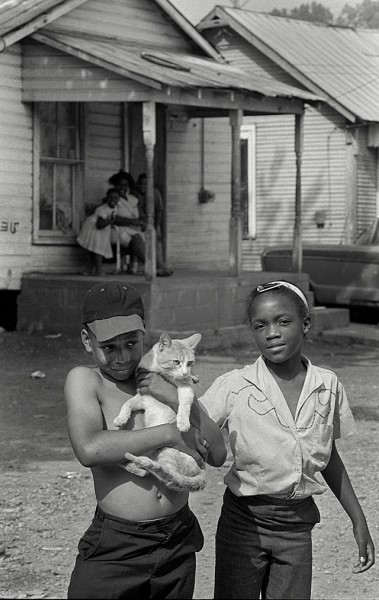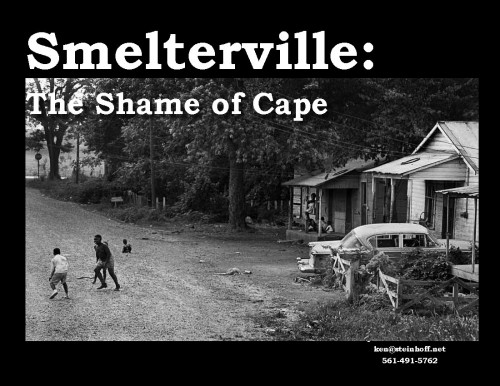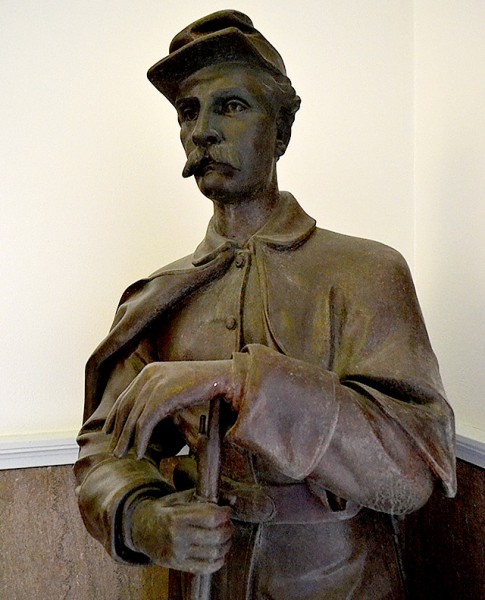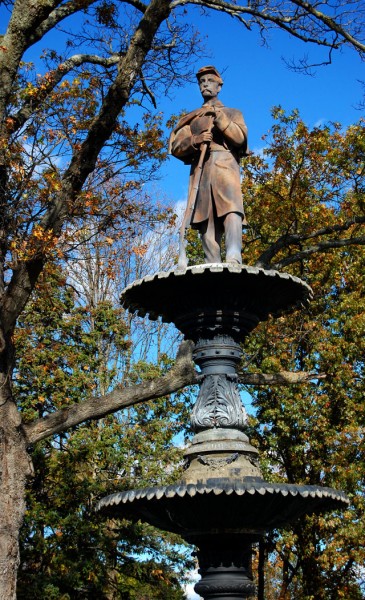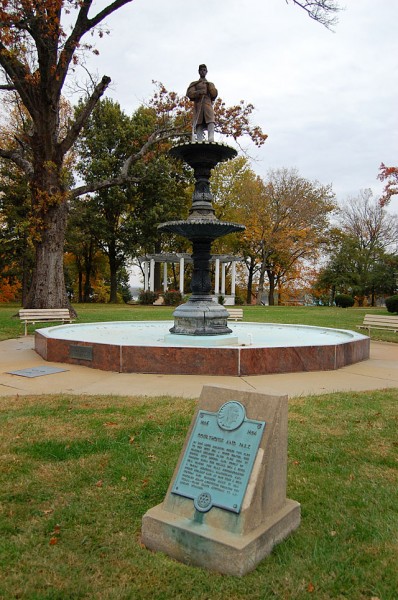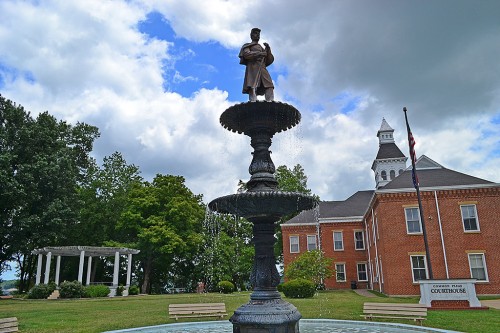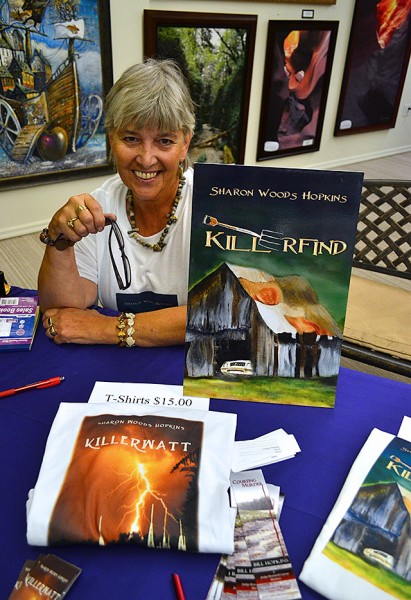 I got into Cape just in time to celebrate our wedding anniversary on June 23. Since then
I got into Cape just in time to celebrate our wedding anniversary on June 23. Since then
- I hooked up with former colleague Bob Rogers and his wife, Claire
- Watched coins get smashed by a train in Wittenberg
- I’ve seen the longest stretch of hot weather since 1936 (and it’s not over yet)
- I photographed the 55th Annual Vandivort reunion
- Checked out the Broadway construction project
- Photographed fireworks along the riverfront and watched the full mooon come up
- Watched volunteers take down the service flags at North County Park on the 4th
- Admired St. Vincent de Paul Catholic Church at sunset
- Met the Yarn Bomber
- Saw hundreds of huge carp in the Diversion Channel
- Was puzzled by road construction on Old Jackson Road
- Journied to SEMO’s Cardiac Hill and was impressed by the colors on the Gum Tree
- Got nailed by a bee not happy to see Franklin School torn down
- Was pleased to see Hanover Lutheran School preserved, not razed
- Watched my nephew get ready to ship out to the Marines
- Ran across an aerial photo of Pfisters and Central High School dating to the early 1950s
- Peeked out the windows high in the Common Pleas Courthouse
- Did a presention on Regional Photography at the Altenburg Museum
- Looked at dry crops and was teased by thunder and lightning
- Discovered cool stuff about Cape’s alphabet soup of Civil War forts
- Ran across the original Common Pleas Courthouse Union soldier statue in Jackson
- Found the adult version of two kids I shot in Smelterville in 1967
KILLERFIND launched July 6
There’s a reason for listing all my activities. It explains why I’m just getting around to mentioning Sharon Woods Hopkins’ new mystery novel KILLERFIND, which launched July 6.
If I hadn’t been for all those distractions, I’d have knocked it out in a single night. It’s a quick read, better, I think, than her first book, KILLERWATT. (Which I also breezed through.)
KILLERWATT had Rhetta McCarter chasing all over Southeast Missouri saving the country from terrorists. I picked a tiny nit by saying that ” folks like me get bogged down in following the chase by landmarks and say, ‘Wait a minute: Those streets don’t intersect.” Sharon, always quick with an answer, fired back, “some of the geography was tweaked to make the story work.” She mentions in the acknowledgements: “As my dad would have said to anyone taking issue with that, ‘What do you want, an argument, or a story?’”
Either I didn’t read the second book as closely as the first novel or she was a little more faithful to the map in this book. I could pretty much follow the route her characters were taking without those jarring disconnects. (She even mentioned the Gordonville speed trap.)
More twists than a politician in a pretzel factory
If KILLERWATT had an underlying political message: there are bad guys out there who could put a major hurt on our power grid and the dumb feds couldn’t care less, then KILLERFIND is a more straightforward murder mystery where the cops were quick to jump on the wrong suspect and people had a habit of turning up dead. The plot has more twists than a politician in a pretzel factory.
Rhetta must have been an ATT subscriber because she could never get a signal when she needed to make a phone call in a tight situation
Order them here
If you want something that’s fast to read and keeps you flipping the pages, here’s a link. Order it from there or from an ad that’s running (at least right now) in the upper righthand side of the page and I’ll get a couple of pennies without it costing you anything extra. A lot of folks must be discovering Sharon and Rhetta because last week KILLERWATT was #1 and KILLERFIND was #2 in the Female Protagonist category on Amazon.
Sharon is cranking out a third book in the series. Husband Bill Hopkins has a book of his own at the proofreaders. Sharon is more prolific than Bill for several reasons, but one is that it’s faster to type than to write in crayon.


